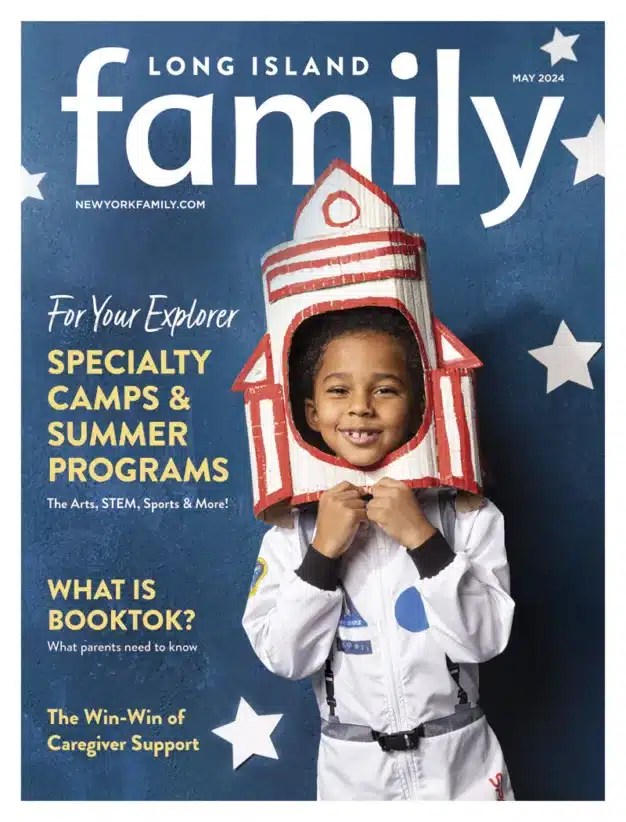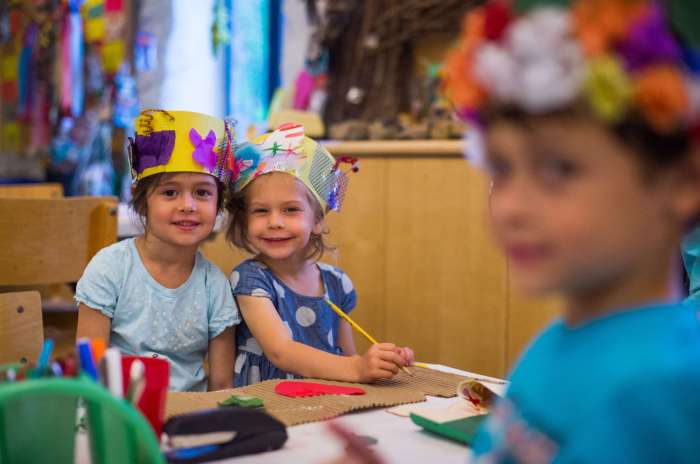Halloween tricks can be fun for adults, but unless parents teach appreciation and empathy, their kids might not understand the spirit of the season’s trickery. Dr. Susan Bartell provides tips to remind children how to be gracious and focus on the holiday’s treats.
Everyone looks forward to Halloween, kids and parents alike. It’s all about dressing up and candy—what could be bad? But, there is one small part of Halloween that has always bothered me: the ‘trick’ part. For older kids and teens, the interpretation of ‘tricking’ can turn into egging cars, toilet-papering neighbors’ homes, and occasionally even more serious behavior. Younger kids typically don’t focus on the ‘trick’ part, but they know it exists, and I often hear them talking about how they might ‘trick’ a neighbor that didn’t give a good enough treat or didn’t open the door for trick or treaters.
You might be thinking that I am just being negative, but the truth is that the ‘trick’ part of Halloween can teach your child that when you don’t get exactly what you want, it’s okay to be angry or upset and to retaliate in a way that may be hurtful. It’s time to shift this way of thinking, not only about Halloween, but any time that life doesn’t go exactly as your child would like it to go.
So, how can Halloween help us teach kids to appreciate what they do get, to tolerate not always getting exactly what they want, and, especially, to not become angry or vindictive with someone for not giving them what they want? I have four ideas that you can try this Halloween—and keep using them all year long!
1. Teach manners. Before heading out to trick-or-treat, tell your child that you expect her to smile and say thank you to every single person that offers a treat—regardless of whether she likes it. Be sure to reinforce this courtesy along your route.
2. Teach appreciation. Monitor your child to make sure that she takes only one piece of candy from the bowl that is offered. Remind him that the person had to spend their money to purchase the treats and that they need to have enough for all the children that come to the door.
3. Teach empathy. When you get to a dark house or unresponsive door bell, don’t permit the kids in your group to speak negatively about the people that might be behind the door. Instead, explain that there are many reasons someone may not open their door. Perhaps they are ill, can’t afford to purchase candy to give away, or they have to work. Your goal is to teach your child to have empathy rather than anger.
4. Teach satisfaction. When you return home with goodies, your child may complain that she did not get as much candy as she wanted, or the selection she had hoped for. This is a perfect time to help her focus on learning to feel content with what she did receive. Try not to become frustrated or angry about her lack of appreciation. Instead, talk to her about how lucky she is to have the opportunity to dress up and go trick or treating. Remind her that not every child gets to go and that she is very, very fortunate. Most importantly, resist the urge to ‘rescue’ your child by offering to trade her ‘bad’ candy for something she would like; instead, suggest that she keep what she likes and give away the rest.
Remember that the goal is to teach your child to be satisfied with and appreciative of what she has, to not demand more; and to appreciate others, not resent them, if they don’t meet her desires immediately—or ever. Happy Halloween!
Dr. Susan Bartell is a Long Island-based, nationally recognized child psychologist, speaker, and award-winning author. Her latest book is The Top 50 Questions Kids Ask. Read more of Dr. Bartell’s advice at nymetroparents.com/bartell.





















